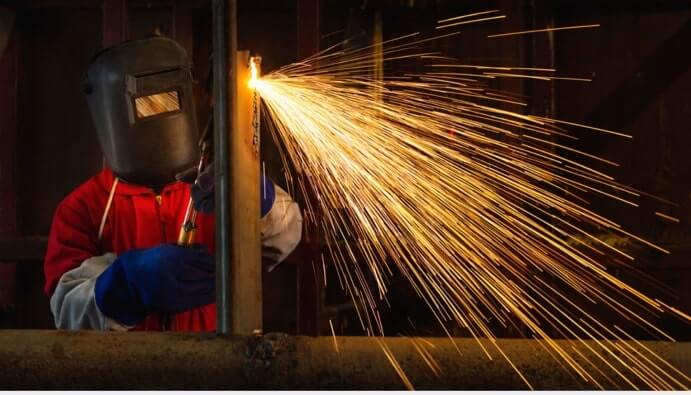
BLOG
KATEGORİDEKİ DİĞER YAZILAR

Substances that may appear as raw materials, intermediate or finished goods as a result of various processes in work environments can be irritating at high concentrations, although they are not harmful to human health. In particular, prolonged inhalation of air contaminated with these substances can cause serious illness and death.
In working environments where welding and cutting operations are carried out, toxic gases, smoke, metal vapors and particles can be mixed into the air. These substances cause serious damage to the human respiratory tract. Substances such as chromium, nickel, arsenic, asbestos (amyant), manganese, silicon, beryllium, cadmium, nitrogen oxides, carbon oxide chloride (phosgene), acrolein, fluorine (fluorine) compounds, carbon monoxide, cobalt, copper, lead, ozone, selenium, zinc are toxic and harmful.
The exposure limits set in the field of Occupational Health and Safety in Turkey are regulatedunder the “Regulation on Health and Safety Measures in Working with Chemical Substances”. Employers are obliged to control employee exposure to harmful gases and vapors. In the legislation, exposure limits are set as TWA (Time Weighted Average) and STEL (Short Term Exposure Limit).
The detection and measurement of toxic gases is vital for workplace safety. Below are the measurement methods and the devices used:
According to the Regulation on Health and Safety Measures in Working with Chemical Substances in Work Environments, “The employer is obliged to take all necessary measures to prevent the exposure of employees to these substances, to minimize the exposure of employees to these substances where this is not possible, and to protect employees from the hazards of these substances.”
Determination of Toxic Gas or Vapor Concentrations should be carried out by accredited and authorized laboratories, by experienced employees in appropriate standards and methods.
Nanolab Laboratories Group continues to provide services within the scope of Determination of Toxic Gas and Vapor Concentrations in the Workplace . We also provide services in Dust Measurement.
Contact us for more information.
You can follow us on LinkedIn for up-to-date news and posts about our services.
Follow our Instagram account to be informed about our latest blog posts.